
Also known as the Imperial Palace, or the Palace Museum, the Forbidden City was the place where the emperors of the Ming and Qing dynasties carried out their administration and lived. Now it is open to the public as a palace museum where people can see the great traditional palace architecture, enjoy the treasures kept in the palace, and learn of the legends and anecdotes of the imperial family and the court. The Forbidden City is the largest and best-preserved mass group of palaces in China. It became a UNESCO World Heritage Site in 1987. [Photo/China.org.cn] 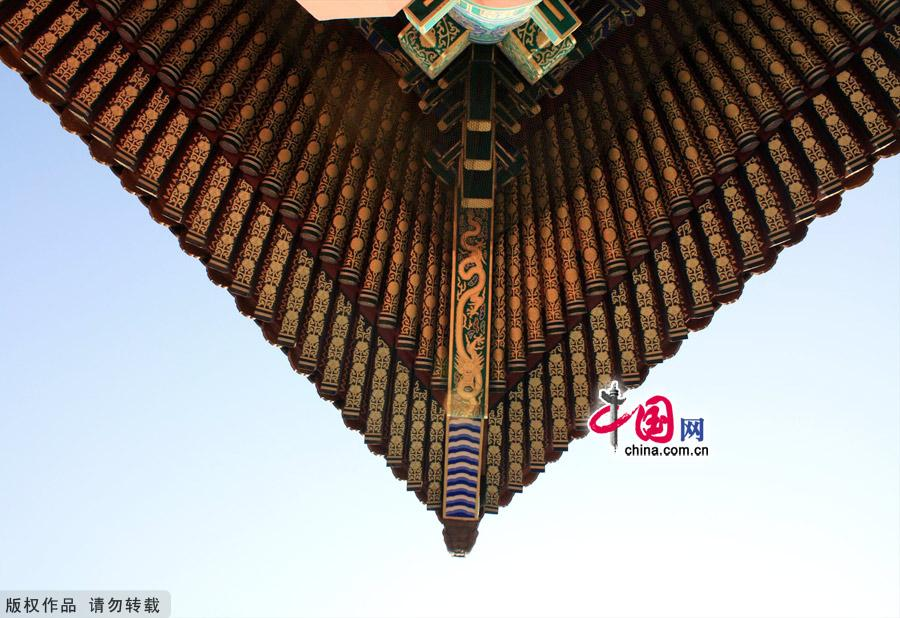
Also known as the Imperial Palace, or the Palace Museum, the Forbidden City was the place where the emperors of the Ming and Qing dynasties carried out their administration and lived. Now it is open to the public as a palace museum where people can see the great traditional palace architecture, enjoy the treasures kept in the palace, and learn of the legends and anecdotes of the imperial family and the court. The Forbidden City is the largest and best-preserved mass group of palaces in China. It became a UNESCO World Heritage Site in 1987. [Photo/China.org.cn] 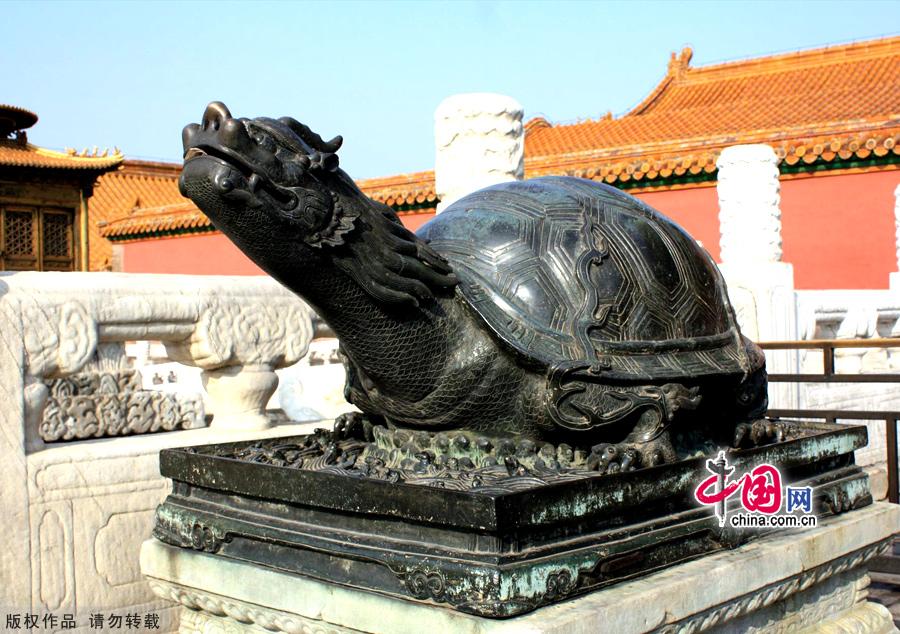
Also known as the Imperial Palace, or the Palace Museum, the Forbidden City was the place where the emperors of the Ming and Qing dynasties carried out their administration and lived. Now it is open to the public as a palace museum where people can see the great traditional palace architecture, enjoy the treasures kept in the palace, and learn of the legends and anecdotes of the imperial family and the court. The Forbidden City is the largest and best-preserved mass group of palaces in China. It became a UNESCO World Heritage Site in 1987. [Photo/China.org.cn] 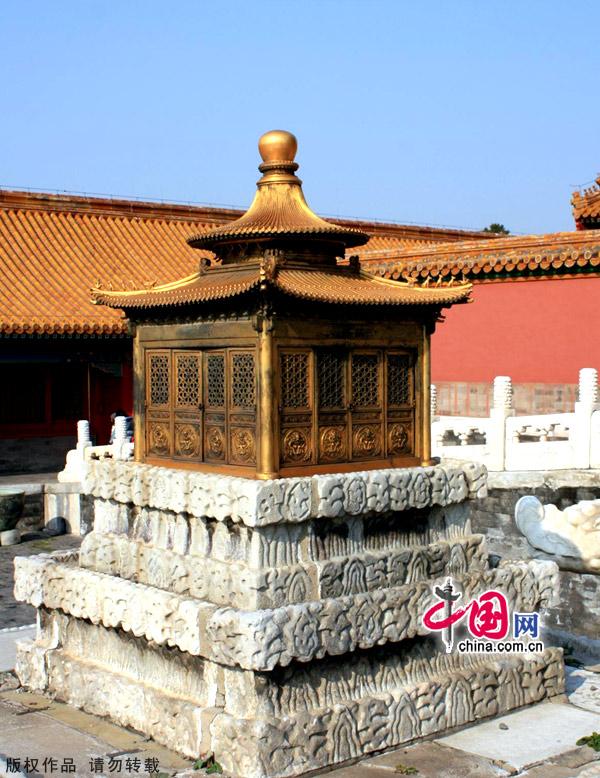
| Also known as the Imperial Palace, or the Palace Museum, the Forbidden City was the place where the emperors of the Ming and Qing dynasties carried out their administration and lived. Now it is open to the public as a palace museum where people can see the great traditional palace architecture, enjoy the treasures kept in the palace, and learn of the legends and anecdotes of the imperial family and the court. The Forbidden City is the largest and best-preserved mass group of palaces in China. It became a UNESCO World Heritage Site in 1987. [Photo/China.org.cn] |
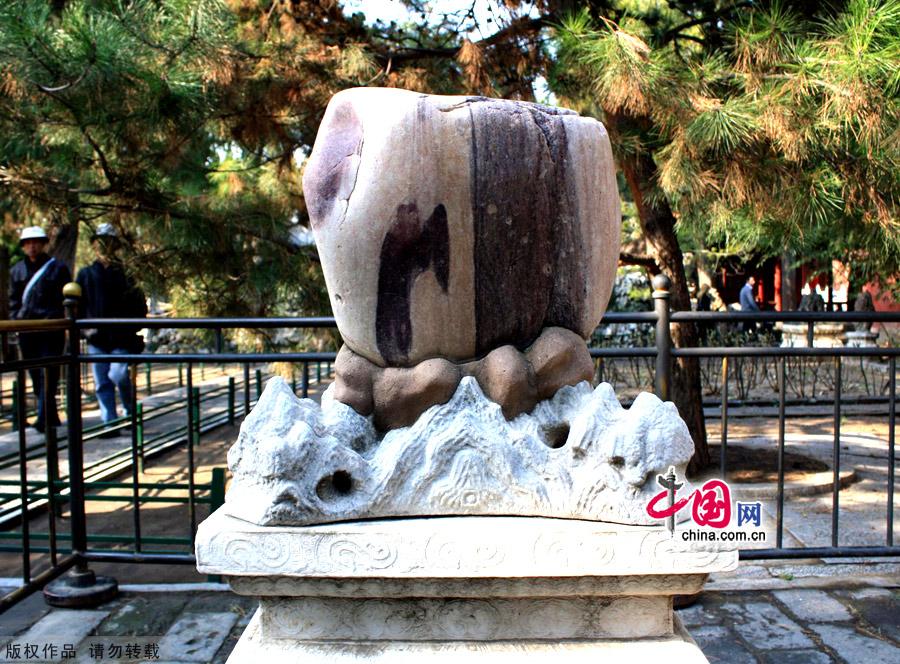
Also known as the Imperial Palace, or the Palace Museum, the Forbidden City was the place where the emperors of the Ming and Qing dynasties carried out their administration and lived. Now it is open to the public as a palace museum where people can see the great traditional palace architecture, enjoy the treasures kept in the palace, and learn of the legends and anecdotes of the imperial family and the court. The Forbidden City is the largest and best-preserved mass group of palaces in China. It became a UNESCO World Heritage Site in 1987. [Photo/China.org.cn] 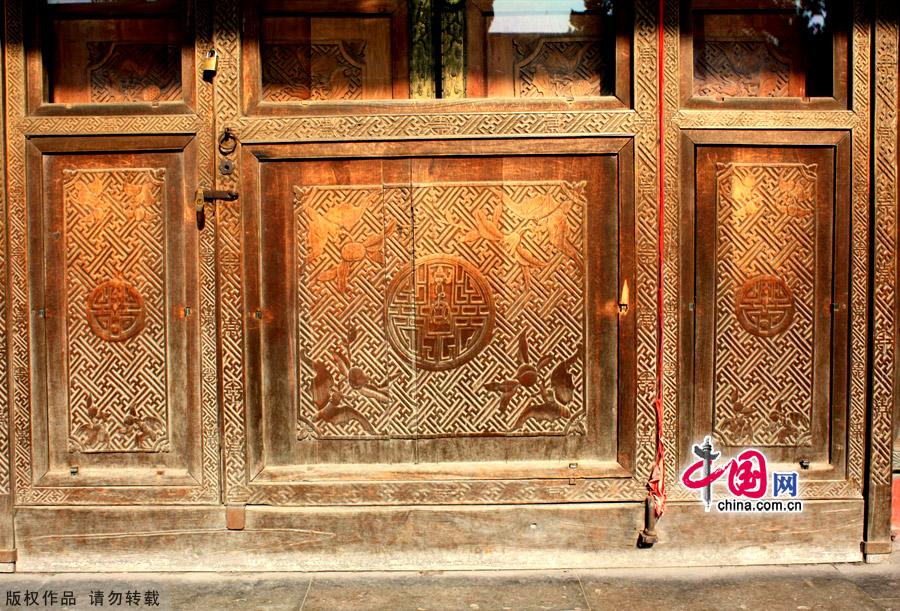
Also known as the Imperial Palace, or the Palace Museum, the Forbidden City was the place where the emperors of the Ming and Qing dynasties carried out their administration and lived. Now it is open to the public as a palace museum where people can see the great traditional palace architecture, enjoy the treasures kept in the palace, and learn of the legends and anecdotes of the imperial family and the court. The Forbidden City is the largest and best-preserved mass group of palaces in China. It became a UNESCO World Heritage Site in 1987. [Photo/China.org.cn] 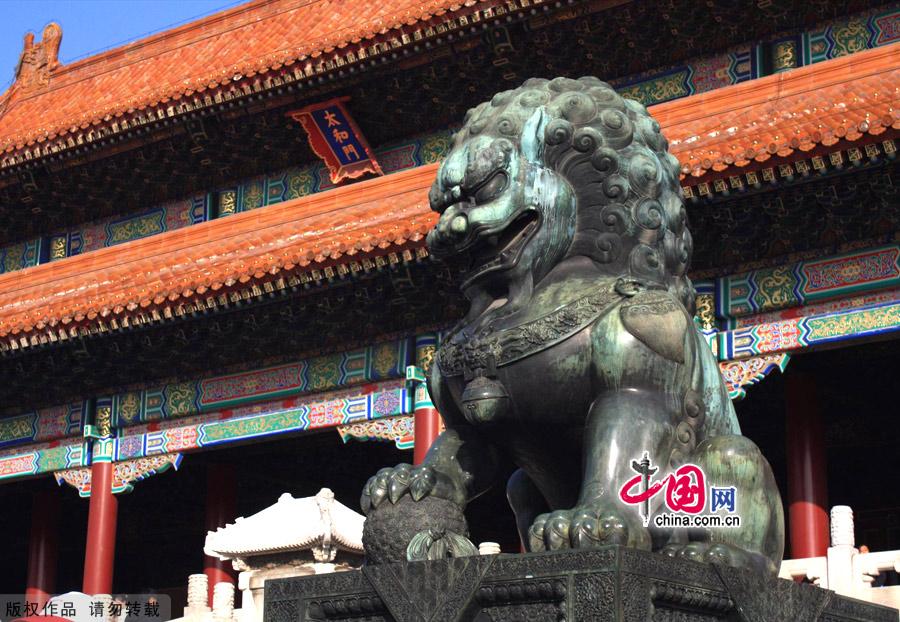
Also known as the Imperial Palace, or the Palace Museum, the Forbidden City was the place where the emperors of the Ming and Qing dynasties carried out their administration and lived. Now it is open to the public as a palace museum where people can see the great traditional palace architecture, enjoy the treasures kept in the palace, and learn of the legends and anecdotes of the imperial family and the court. The Forbidden City is the largest and best-preserved mass group of palaces in China. It became a UNESCO World Heritage Site in 1987. [Photo/China.org.cn] 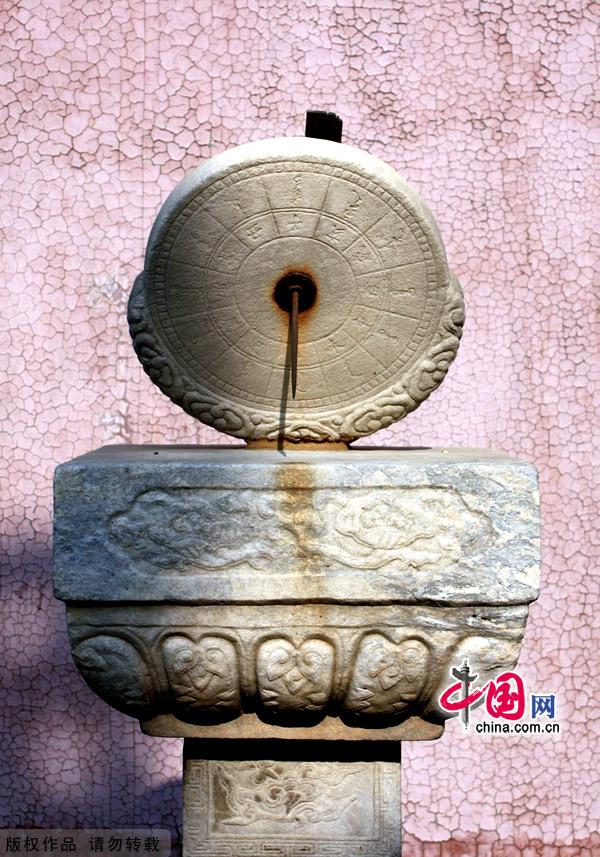
| Also known as the Imperial Palace, or the Palace Museum, the Forbidden City was the place where the emperors of the Ming and Qing dynasties carried out their administration and lived. Now it is open to the public as a palace museum where people can see the great traditional palace architecture, enjoy the treasures kept in the palace, and learn of the legends and anecdotes of the imperial family and the court. The Forbidden City is the largest and best-preserved mass group of palaces in China. It became a UNESCO World Heritage Site in 1987. [Photo/China.org.cn] |
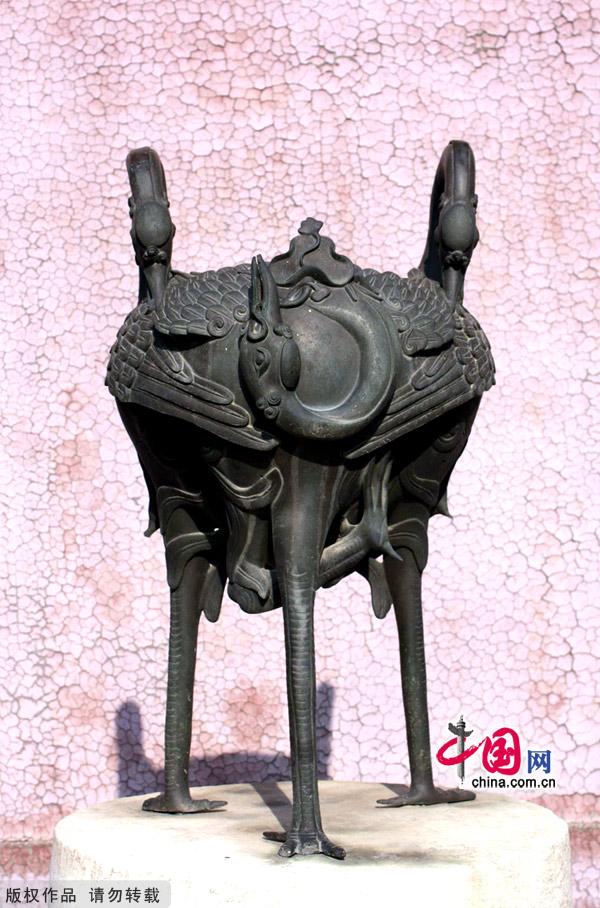
| Also known as the Imperial Palace, or the Palace Museum, the Forbidden City was the place where the emperors of the Ming and Qing dynasties carried out their administration and lived. Now it is open to the public as a palace museum where people can see the great traditional palace architecture, enjoy the treasures kept in the palace, and learn of the legends and anecdotes of the imperial family and the court. The Forbidden City is the largest and best-preserved mass group of palaces in China. It became a UNESCO World Heritage Site in 1987. [Photo/China.org.cn] |
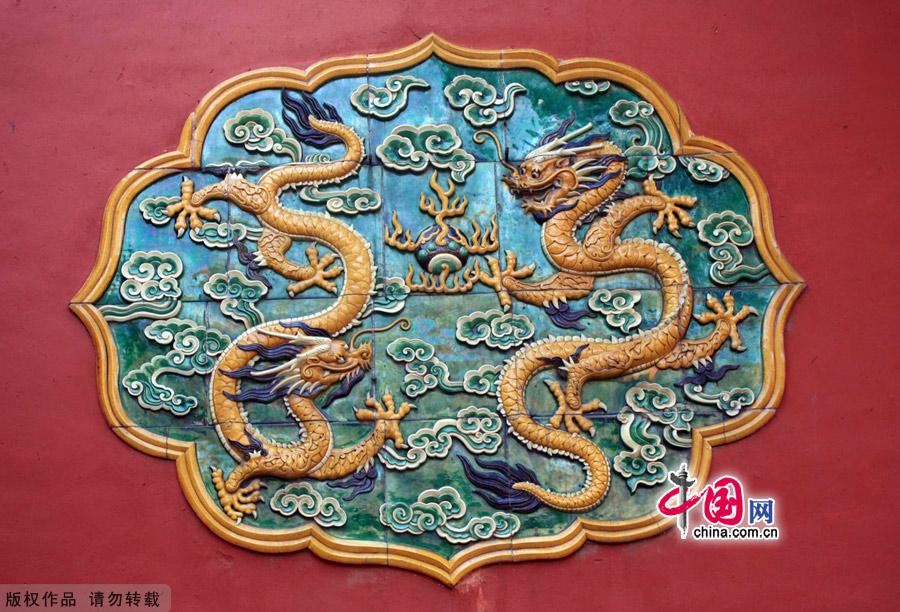
Also known as the Imperial Palace, or the Palace Museum, the Forbidden City was the place where the emperors of the Ming and Qing dynasties carried out their administration and lived. Now it is open to the public as a palace museum where people can see the great traditional palace architecture, enjoy the treasures kept in the palace, and learn of the legends and anecdotes of the imperial family and the court. The Forbidden City is the largest and best-preserved mass group of palaces in China. It became a UNESCO World Heritage Site in 1987. [Photo/China.org.cn] 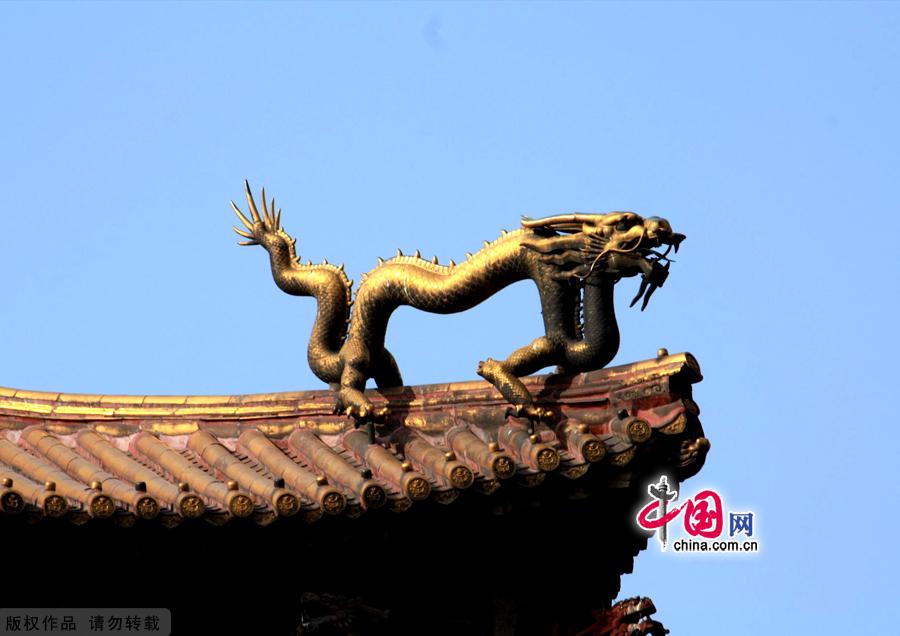
Also known as the Imperial Palace, or the Palace Museum, the Forbidden City was the place where the emperors of the Ming and Qing dynasties carried out their administration and lived. Now it is open to the public as a palace museum where people can see the great traditional palace architecture, enjoy the treasures kept in the palace, and learn of the legends and anecdotes of the imperial family and the court. The Forbidden City is the largest and best-preserved mass group of palaces in China. It became a UNESCO World Heritage Site in 1987. [Photo/China.org.cn] 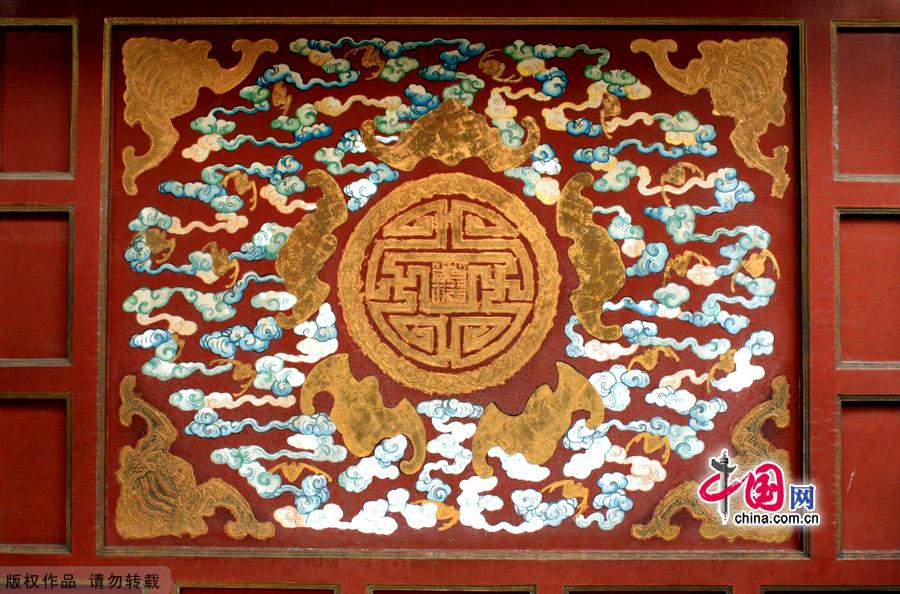
Also known as the Imperial Palace, or the Palace Museum, the Forbidden City was the place where the emperors of the Ming and Qing dynasties carried out their administration and lived. Now it is open to the public as a palace museum where people can see the great traditional palace architecture, enjoy the treasures kept in the palace, and learn of the legends and anecdotes of the imperial family and the court. The Forbidden City is the largest and best-preserved mass group of palaces in China. It became a UNESCO World Heritage Site in 1987. [Photo/China.org.cn] |